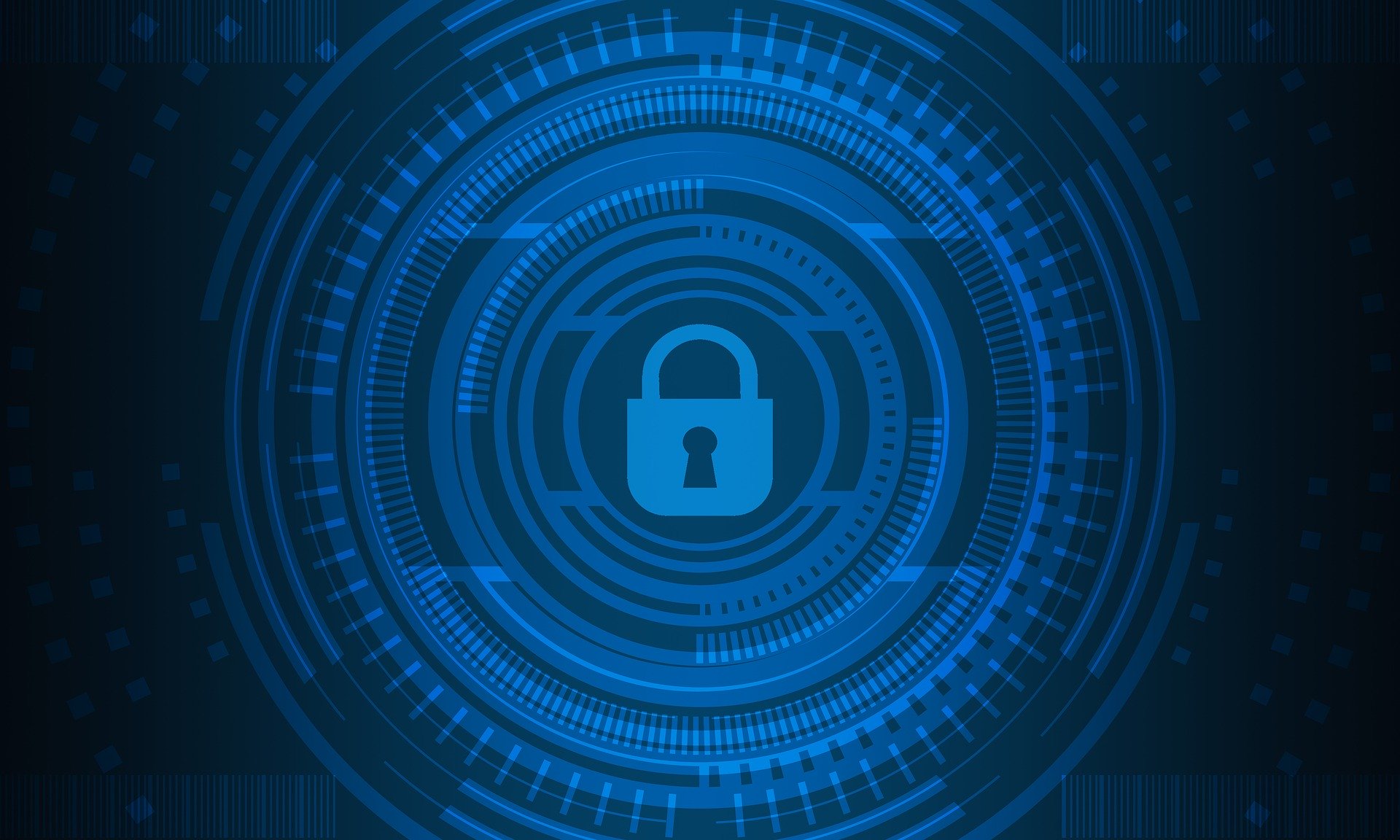
Cybercriminals are overwhelming executives and tech staff. Don’t be afraid to get help.
With cybercriminals becoming more and more sophisticated and malware attacks, phishing and social-engineering scams multiplying, even the most diligent executives and tech teams with the best tools, processes, and budgets can be easily overwhelmed. This is not the fault of any individual or department—just a fact of business when faced with 24/7 cybersecurity attacks. It’s at these difficult times that people call us, and when they do, they’re very glad they did.
Case in point, when our technology team performs a cybersecurity assessment, we’ll find upwards of 30 different products, controls, or services in place to keep the organization secure. There will be spam protection, antivirus software, patching, dual-factor authentication, and intrusion detection and prevention. The challenge is that the various departments are juggling all of it, and in almost every instance, we find that they don’t truly know what’s working and what isn’t.
When Quest’s team performs assessments or audits for clients, there are frequently far fewer controls in place than they thought. They might have a firewall and antivirus protection—and they’ve spent a lot of money on those—but they don’t have the surrounding tools in place, which are crucial elements for genuine cybersecurity. We sometimes find that they don’t have advanced services such as anti-malware suite or NextGen endpoint protection in place either. When we do see such services, clients frequently do not have them activated or are not properly monitoring the information provided. Without functioning monitoring or alert systems, clients aren’t nearly as well protected as they believe.

Layered Security
Still, different organizations have different demands and security controls. For example, layered security for business can be understood by comparing it to the security in your home environment. Maybe you have locks on the doors and windows and you feel comfortable with just that in place. You might feel safer in a gated community with an alarm system and a dog that loves to bark at perceived threats. Depending on what you want to protect in your business, additional layers of security could be introduced such as monitoring, detection, encryption—a list that goes on and on.
Here are the three critical components of an organization’s cybersecurity defense.
1. A discovery session is the first component to protect your organization. One of the main objectives of conducting a discovery session is to understand what capabilities the organization has today. We will gauge your level of vulnerability to various threats and review your existing security measures.
Such a session details how you’re protecting and encrypting your data, how often you’re patching your software, what monitoring tools you’re using, and more. We will document what’s in place in the current environment and begin to develop a customized information security policy; or in the event of reviewing an existing policy, we will uncover critical deficiencies.
2. An official strategic cybersecurity policy, the second component, is often developed simultaneously with a discovery session. It is often developed because it’s become required. In fact, more and more, clients are coming to us because they’ve received a request from a regulatory body, an investor, or a bank for a cybersecurity policy in advance of funding. The policy is designed to stand up to real world threats by determining what assets you are protecting, where they are stored, who can access them, and what controls make the best sense for the types of incidents those entities believe you’ll face.
As cybersecurity threats continue to ramp up, information security polices and business continuity plans have become vital.
In addition, a strategic cybersecurity policy would also include procedures for onboarding and offboarding employees to make sure access is granted appropriately and removed as the employee leaves. This can be done at a strategic level with an overall governance document or by using a more granular process at the departmental level. There are many layers within a cybersecurity policy, including all aspects of how an organization is protecting its systems and data. Data encryption, detection, monitoring, incident response, configuration, and change management are just a few of the layers to be documented.
3. The third critical component of a well-functioning cybersecurity approach is an educated and empowered workforce. You must be strategic about training your executive staff and testing your employees to keep them sharp and aware of new threats, which are ever present and evolving. You can use computer-based training, social engineering activities, phishing training campaigns, and other tools.
Most organizations’ security postures may become degraded because they’re not taking advantage of all the tools they’ve purchased or are not seeking help from a reliable outside service provider. If your company can address the three components of its cybersecurity defense, the layered tools you need will become clear and fall into place.
Once we assess our clients’ cybersecurity environment and their specific needs, we can help them orchestrate their processes and successfully manage the thousands of daily attacks targeting their organization.
At the same time, we will extract meaningful data from all the evolving attacks in order to analyze and use it to help combat the onslaught of future attacks.
Thank you for trusting us to help with your cybersecurity needs.
Contact us any time—we’re always happy to help.
Meet the Author


